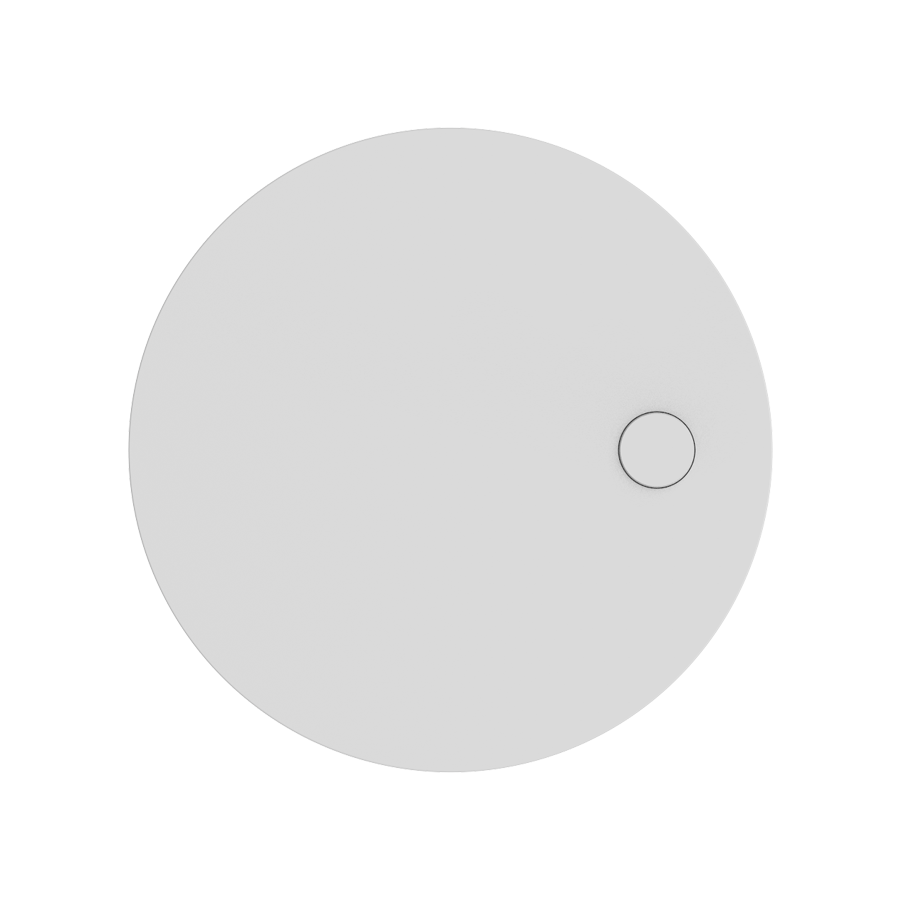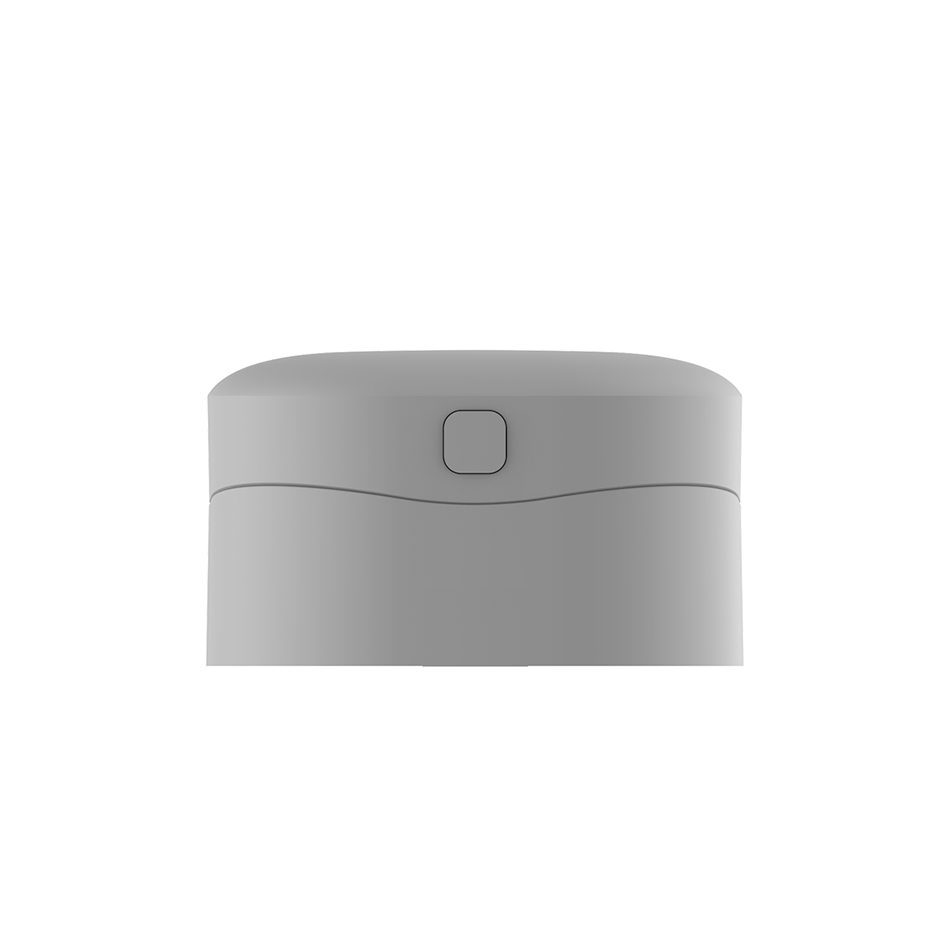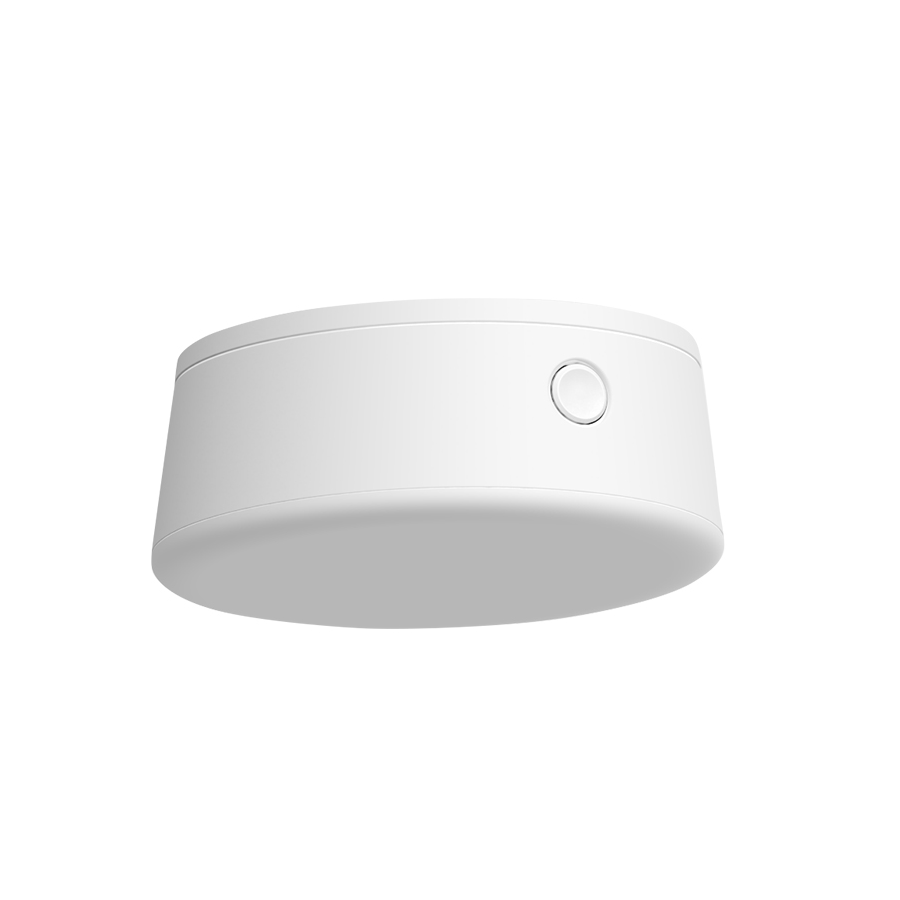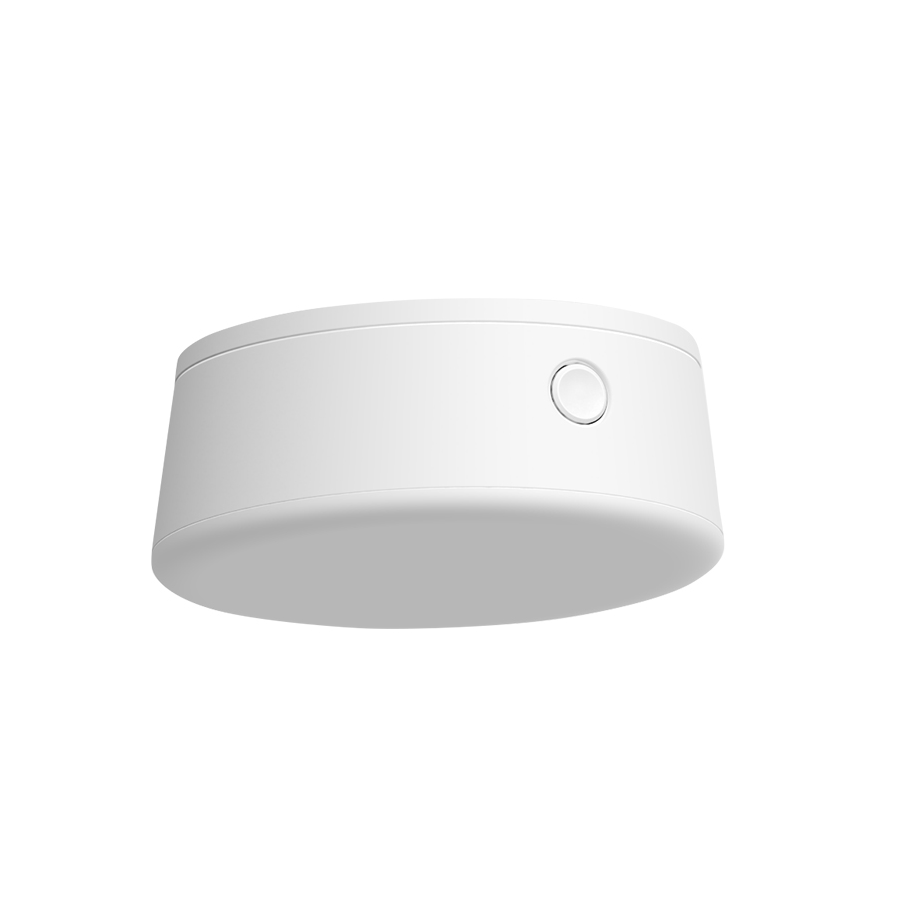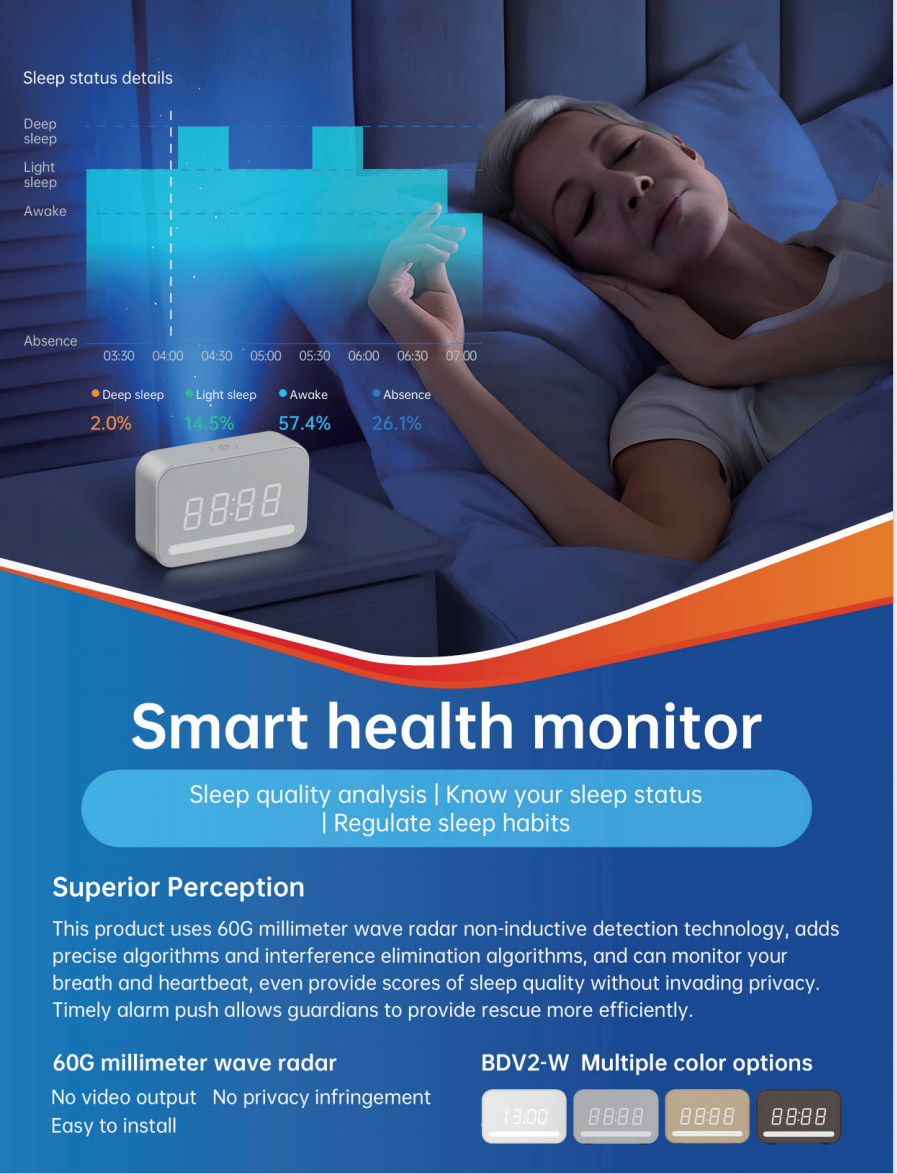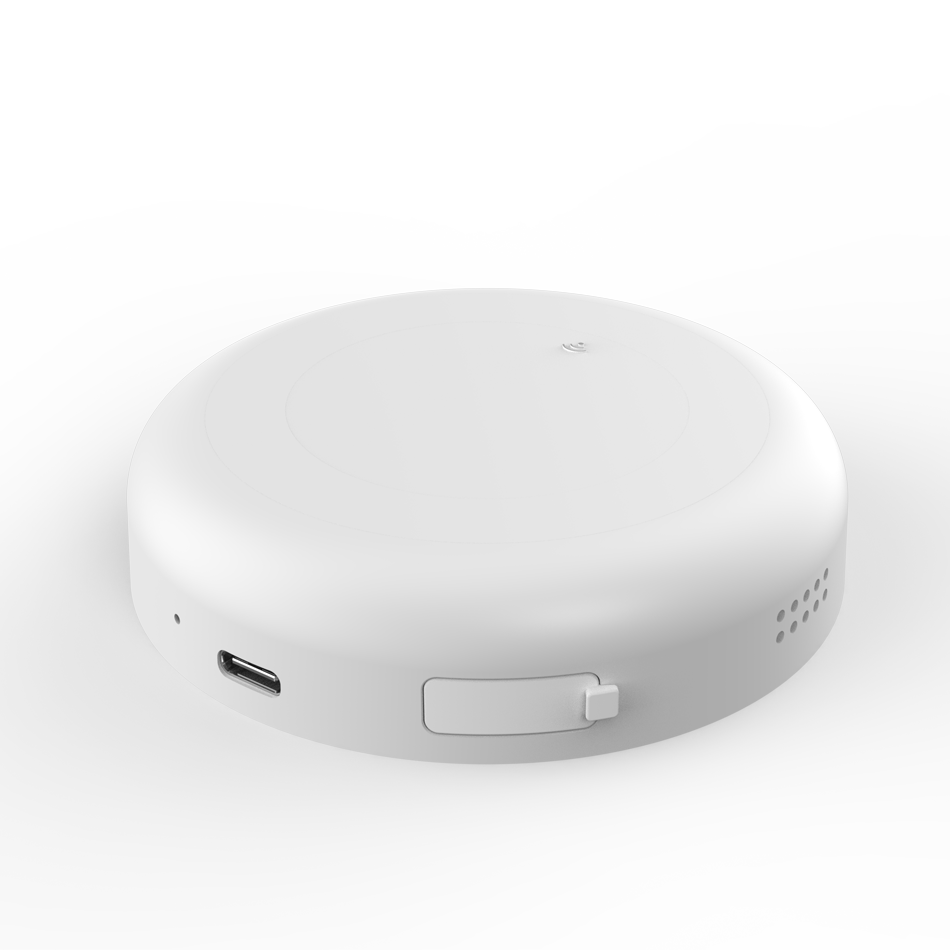-
Straße Name, NY 38954
Atmungs- Herzfrequenz-Überwachung und Schlafqualitätsdetektionsensor
[ Fill out the form and we will respond within 30 minutes! ]
Atmungs- Herzfrequenz-Überwachung und Schlafqualitätsdetektionsensor
1. Atmungsfrequenz und Herzfrequenzerkennung: Im Echtzeitmodus werden die Atmungsfrequenz und Herzfrequenz des Benutzers ausgegeben.
2. Umgebungsbevölkerungserkennung: besetzt/unbesetzt;
3. Aktionszustandserkennung: aktiv/still/kein Zustand;
4. Abnormales Alarm: Alarm bei abnormalem Kampf und Alarm bei langer Bettruhe;
5. Schlafberichtsanalyse: tägliche/Wöchentliche/Monatliche Schlafberichte ausgeben, einschließlich Schlafqualitätsbewertung, Schlafdauer, Anteil an Tiefschlaf- und leichtem Schlaf, Aktivitätsparameter;
Montageverfahren:
Das Radar wird am Kopfteil des Bettes installiert,
0,8-1 Meter über der Bettsurface, neigend nach unten 45°,
Das Radarsichtfeld wird dem Bett zugewandt gehalten;
Detektionsbereich:
Schlafdetektionsbereich <2 m,
Detektionswinkel ±30°;
Voltage input: DC 5V (weak power USB supply)
Help Center
Have a query? Please check this question and answers
Adopts 60GHz millimeter wave radar + AI algorithm dual verification mechanism:
- When an abnormal posture is detected for the first time, the built-in speaker voice asks the user “Did you fall?”, and the APP alarm is triggered only after the user confirms “Yes”;
- If the user does not respond or remains still for a long time (such as coma), the sensor will automatically push alarms to the family APP continuously and send text messages to emergency contacts simultaneously.
Based on the Doppler effect of 60GHz millimeter-wave radar, it detects human micro-movements (such as chest rise and fall during breathing, body movements caused by heartbeat) by transmitting and receiving radar waves.
There is no need to wear equipment or contact the skin. The monitoring distance can reach 2.5 meters (sleep state) and 1.5 meters (breathing/heartbeat accuracy monitoring).
Yes. Through dynamic/static presence detection algorithms, the difference between characteristic human movements (such as walking and waving) and pet activities can be accurately identified to avoid false alarms caused by pet activities.
The detection accuracy reaches the breathing level (it can sense human breathing in a static state).
By monitoring data such as the duration of falling asleep, total sleep time, number of times getting out of bed, breathing rate, heart rate variability (HRV), and combining it with AI algorithms to divide the stages of wakefulness, light sleep, and deep sleep, a sleep score report is generated to intuitively display key indicators such as the proportion of deep sleep and sleep efficiency.
No.
Die Sendeleistung der HOMERDA-Produkte ist niedriger als den internationalen Sicherheitsstandards (wie z. B. der maximalen Leistungsdichte des 60-GHz-Radars der FCC ≤1 mW/cm²) und die Strahlungsintensität ist viel niedriger als bei einem Mobilfunkanruf.
Es handelt sich um nicht-ionisierende Strahlung, die für den menschlichen Körper harmlos ist, wenn sie über längere Zeit verwendet wird.
Daten werden über das AES-128-Verschlüsselungsprotokoll an die Cloud gesendet und auf Amazon-Cloud-Servern/anderen konformen Servern gespeichert;
Alle Geräte haben keine Videokameras und übertragen nur abstrakte Vitaldaten (wie z. B. Atmungsraten, Sturzalarme), ohne Bilder oder sensible Bilder einzubeziehen, wodurch das Risiko eines Datenverlusts von der Quelle eliminiert wird.
Ja. Benutzer können über die APP mehrere Konten von Familienmitgliedern hinzufügen und die Fernansicht von Echtzeit- Gesundheitsdaten, Schlafberichten und Alarmprotokollen autorisieren, was für die Fernüberwachung von Kindern oder die mehrfach rollenbasierte Zusammenarbeit in Pflegeheimen geeignet ist.

